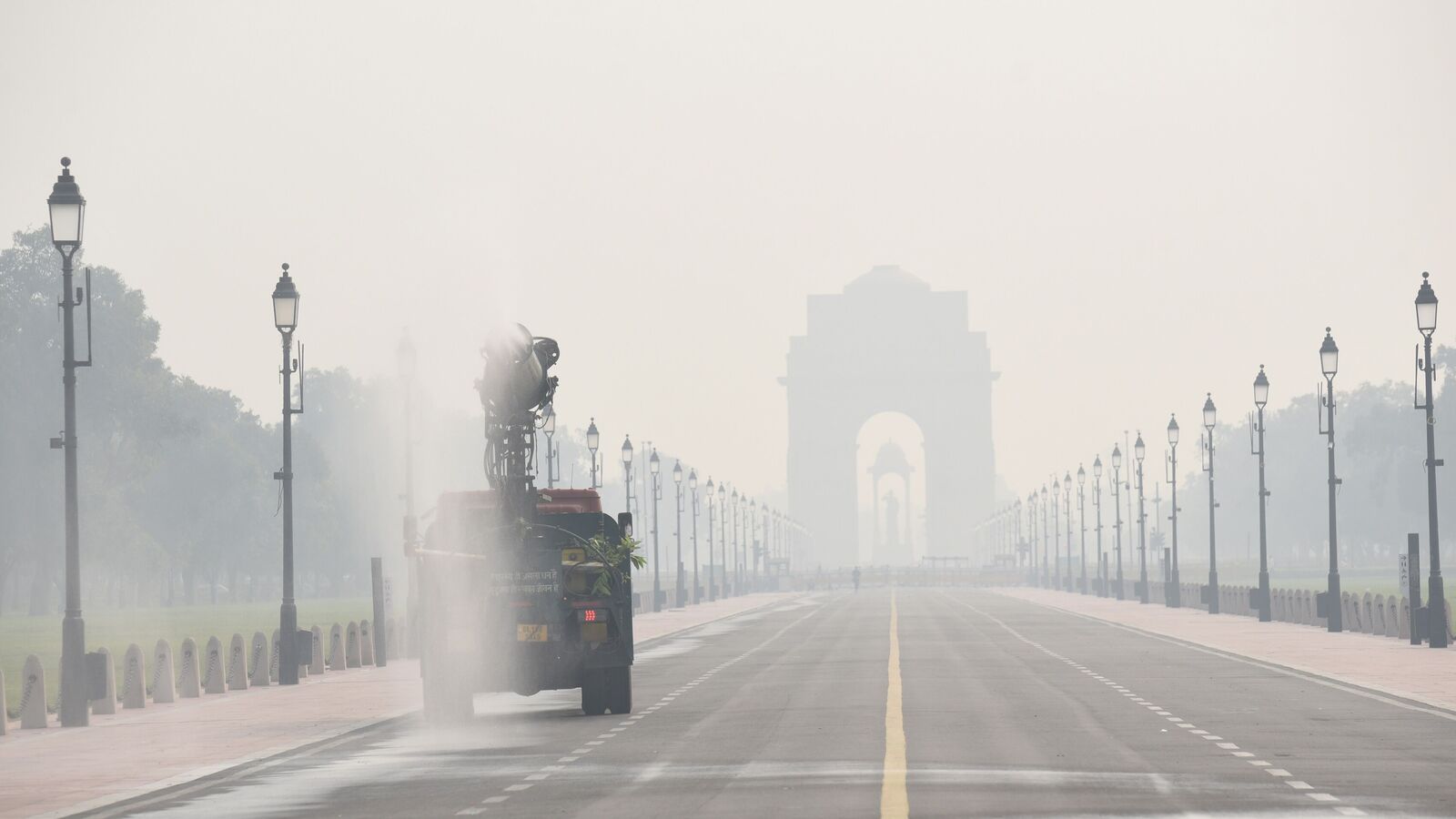Delhi woke up to toxic air on Tuesday morning as pollution levels rose across the national capital following Diwali festivities. This has prompted the state government to invoke GRAP 2 measures to curb pollution that poses risk even to healthy individuals except those already suffering from respiratory diseases and asthma issues. On Monday, the national capital recorded an AQI of 357, according to Central Pollution Control Board data at 1:20 pm. Since October 19, Graded Response Action Plan Stage 2 is effective in Delhi-NCR as the AQI crossed 300 on Sunday. fall into the “very poor” category. Every year, the Delhi government faces the problem of hazardous air pollution during this time. However, it is time to review the pollution control measures of Delhi. Delhi government’s pollution measures after Diwali – Just days before the festival, Environment Minister Manjinder Singh Sirsa claimed that the Delhi government is “fully prepared” to induce artificial rain in a bid to reduce air pollution around Diwali. This announcement was made after four days of cloud seeding test flights were conducted over the target area in northwest Delhi. At the time of the announcement, the project was awaiting a final green signal from the India Meteorological Department (IMD). “Our aircraft is ready at Meerut. The pilots have familiarized themselves with the flight path. We are just waiting for IMD’s green signal and the right cloud conditions. If all goes well, the first trial may even take place on the day after Diwali or the next day, if conditions are suitable,” Manjinder Singh Sirsa said on October 15. For application of artificial rain, planes are stationed at Meerut, and pilots familiarized with the flight path. The implementation of these landmark measures depends on weather conditions and IMD’s approval. If approved, the first trial could take place anytime soon. What is Cloud Seeding? Cloud seeding refers to the process of spreading silver iodide (AgI) and other such substances into clouds to enhance their ability to produce rain. This artificial rain induction project is being carried out in collaboration with IIT Kanpur. Cessna-206H aircraft are adapted for this purpose. For a successful attempt, ideal conditions that enable and facilitate the seeding project involve Nimbostratus clouds, which are typically between 500m and 6,000m above the ground. However, these ideal clouds must contain at least 50% moisture. Roadblocks in performing artificial rain Lack of sufficient moisture or cloud density can delay the artificial rain procedure. Impact on pollution after successful cloud seeding effort Depending on intensity and distribution of artificial rain, rain can improve air quality by up to 80 AQI points. According to former head of CPCB’s air laboratory, Dipankar Saha, light rain or drizzle is unlikely to make a significant difference. Sustained and strong showers are necessary for a “wash-out effect.” Experts suggest that AQI could improve by one category with a successful attempt. Example: If AQI is “very poor”, it can improve to “poor”.
Will Delhi government do artificial rain this weekend amid worsening AQI? What we know so far
